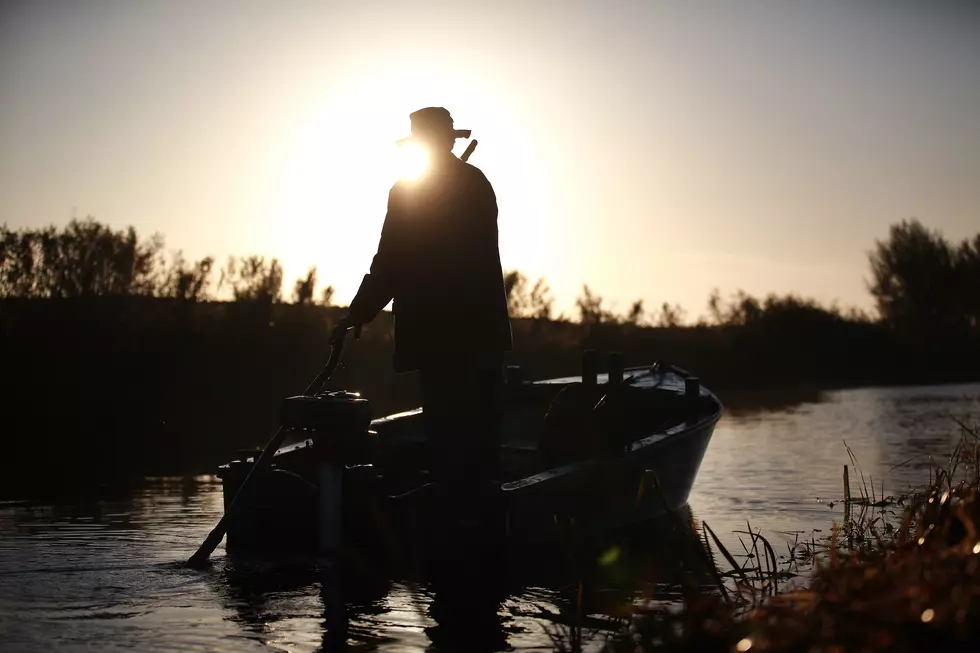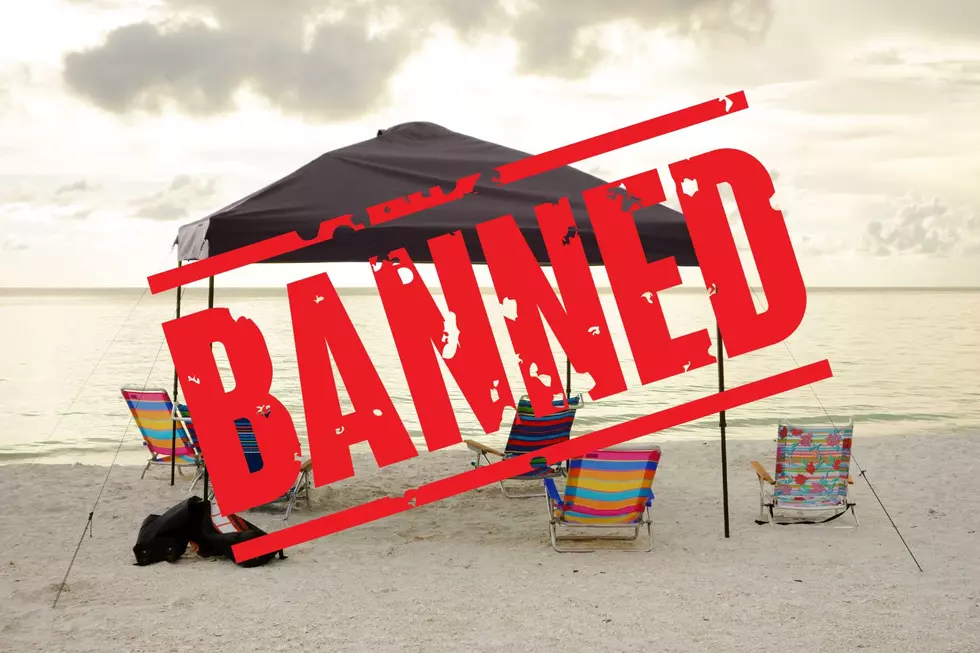
Eelin’ With Feelin’ At The Jersey Shore
Story by Tom Pagliaroli
It was the “ZZZZzzzzzzzzzzzzzzzzzzzzzzzz” that caught our attention, as the bait-runner mode on the spinning reel went into overdrive. A flip of the rear bar and it was full fight mode. A full five minutes later, surrendering to the unerring flex of the graphite, a form was writhing furiously in the stained bay waters off the side of the dock. A quick swing put nearly 30-inches of thick-bodied and fully furious American eel on the plywood platform, and then it was quick grab with a rag-wrapped hand and then a toss into the ice-filled cooler where it joined another measuring a couple of inches less.
“Ah...dinner!” was my exclamation.
To be sure, the sight of an eel at the business end of a fishing line elicits shudders, gags and goose bumps, but for those in-the-know, the serpent-like aqua-dynamic bait gobbler represents a great light tackle exchange and great eats afterwards. Sure, it looks a snake, but it’s technically a fish as per the gills and dorsal fin, and the fact that it breathes underwater. Yep...it can travel overland for an extended period of time while seeking new waters, but for all intents and purposes...and biological consideration, it’s classed as a fish.
Very cool is the fact that it’s catadromous. Unlike shad, salmon and several species of trout that are anadromous, it lives in freshwater streams and rivers until sexually mature and then heads down current, eventually making its way into bays and then eventually into the Atlantic where it swims even farther to spawn in the Sargasso Sea.
Eels are aggressive feeders, and now is prime time to catch the big females and the largest males, in bays and lagoons. They’ll put the needle-like bite on live killies (minnies), squid strips or bits, slivers of bunker or sea robin belly, or a gob o’ clam or mussel. The fight is epic on light tackle, surely outclassing the pulls of weakfish, cocktail blues...even 18 to 22-plus” schoolie stripers. No doubt a hooked eel means business, and when beached or swung in a boat or on a dock, a rag is the best way to get a grip. If hooked in the lip, a long-nose needle nose pliers is the best way to extract the metal. If the bait has been swallowed and the eel is to be released, simply clip the line as close to the kisser as possible. The hook will eventually rust and disintegrate.
Eat eel? Hell yesssss! Skinning is easy: cut the skin just behind the head fully around and then via the needle nose and a firm grip with a dry rag on the noggin, pull slowly back towards the tail end. The slimy epidermis will come off like a stubborn banana peel. The eel can then be chunked or, better yet, fillet with a thin-bladed fillet knife. An egg wash, a roll in seasoned Italian breadcrumbs or Panko and then deep-fried (peanut oil is best)...accompanied by a fresh Jersey produce salad and a crispy cold Pilsner. Seconds for sure!
Eelin’ with feelin’ for sure!
More from The Hawk:
More From 105.7 The Hawk









